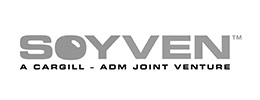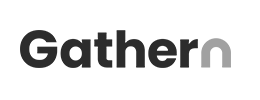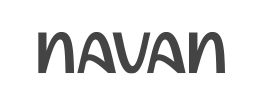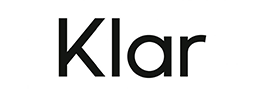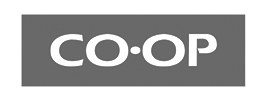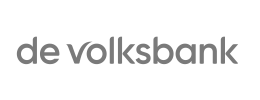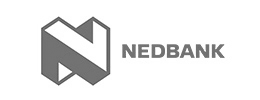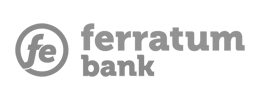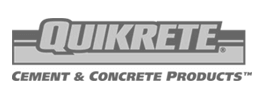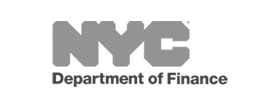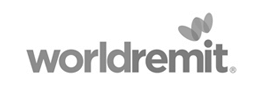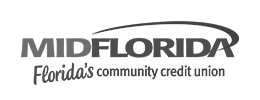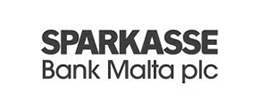The Benefits of Automating Employee Expense Reconciliation
Employee expense management is better than ever, but full control over the process requires reconciliation, too. The costs related with tasks performed by an employee for an employer, are nothing new in the business world. These common expenses are employee-generated transactions associated with business travel, accommodation and meals, phone/Internet services, office supplies, and more.
In the past, employees would cover these costs upfront and itemize them later, along with providing paper receipts, which were captured and submitted in physical folders – later keyed into Microsoft Excel – processed by accounting and reimbursed back to the employee.
Managing employee expense today
Today, such items can be captured by a smartphone app developed specifically for this process, flow digitally into the accounting platform and are often paid directly by the employee using a company-issued credit card. So expense funding, tracking and submission has really come a long way in the last few years.
Many of the advancements in supporting the expense process have been driven by the confluence of regulation and technology. Let’s talk about what has been going on in the world of employee expenses and why reconciliation is now a crucial piece of this important corner of Finance.
Tax reporting and regulations
There are specific laws on the subject. IRS Revenue Ruling 2006-56 has slowly been adapted by businesses as a best practice over the past decade. The ruling requires employers to track the amount of expense reimbursement allowances paid to employees on a per diem basis.
Usually, employee expenses are not subject to income tax or employment tax but this exclusion only applies up to the federal per diem rate limit. If an employer pays expense allowances that exceed this limit, the excess amounts are subject to income tax and employment tax – unless ALL the expenses are substantiated by the employee.
What this means in reality is that employers must have a clear reimbursement policy and provide employees with the appropriate tools and workflow to substantiate all their expenses in a timely way.
Technology adoption and integration
There is an array of great tools out there for this process. Accelerated by this ruling, and because as a component Finance, employee expenses are subject to all the recent SaaS technology advancements, there are now dozens of great expense tracking systems have been on the rise. Concur, Expensify, Coupa, and many other web-based applications are now available to help improve the process of employee expense tracking, approval, and reimbursement.
Audit gaps in the employee expense management process
As Tax Columnist Eva Rosenberg writes, this is still a process that is difficult to manage because employees who generate high per-diem expenses are often traveling intensively and have a difficult time keeping track of expenses and reporting them in a timely manner – even with the existing systems in place. This reality often leaves chunks of expenses unpaid for long periods of time, making it difficult to dig into transaction origin and legitimacy, once expense reports are actually provided.
Great – so there are laws and guidelines in place that provide the structure of how employee expenses should be reported by employees and handled by employers. Due to this need, there are many great systems out there that can help with this process, some of which integrate with standard ERPs to help categorize and book expenses to the GL.
The place of credit card reconciliations in the employee expense management puzzle
One aspect of this process has been lagging, however, and has not benefited broadly by technological and operational improvements provided by expense management solutions. This involves the area of reconciliation: tying the transaction cash expense to a legitimate business expense. How do you validate the transactional integrity of this whole process? How do you know that a claimed transaction truly debited? Or how do you identify an erroneous or fraudulent transaction?
This is where reconciliation, and, specifically, reconciliation software, comes in. Bringing in the ‘other side’ – meaning the actual transactions that ‘hit’ the corporate credit card or bank account statement, means that you fully validate this entire process and can attest to its accuracy on the balance sheet and in front of an auditor.
ReconArt reconciliation software perfectly complements the best practices in employee expense management by providing the specific linkage and closing the loop on the transaction.
The ReconArt advantage for streamlined employee expense reconciliations
Works with any ERP, accounting, or expense reporting system.
- Automatically imports your data with a flexible Import tool, at your desired frequency.
- On-boards your merchant or bank statement expense data automatically.
- Perform automated matches of your multiple-source data on any criteria and in any way (1 to 1, 1 to many, many to many, etc.).
- Allows business users to collaborate on exception investigation or resolution.
- Automatically exports your transaction reconciliation results for reporting or integration with other systems.
- Enhances overall control and visibility.
- Records everything in a clear audit trail.
A customer success story: corporate credit card reconciliation
The customer, a global food & beverage company, successfully deployed the ReconArt solution in a matter of weeks to automate and improve their expense reconciliation process. The organization had three data sources at play: JP Morgan credit card transactions, Concur for expenses control, and SAP as the system of record.
Owing to rapid growth, this particular process was becoming a pain point. Exceptions were growing increasingly difficult to identify and investigate and the process was demanding a huge amount of time from the team. ReconArt’s reconciliation software allowed them to avoid this pain point as well as ensure timely tying of cash expense to legitimate business activity and its accounting.
Feeling the pain of expense transaction reconciliation too? Contact us to discuss how ReconArt can be quickly deployed and implemented in your environment.
Read More:
IRS Revenue Ruling 2006-56
https://www.irs.gov/uac/irs-provides-guidance-on-per-diem-expense-reimbursements-paid-by-employers
“The Evolution of Expenses: A Timeline of Expense Reporting Techniques” by Kelsey Cox
http://www.business2community.com/infographics/evolution-expenses-timeline-expense-reporting-techniques-0893041#q3vjie7BGFuAZqkR.97
“Don’t be audit bait when deducting job expenses” by Eva Rosenberg
http://www.marketwatch.com/story/dont-be-audit-bait-when-deducting-job-expenses-2011-02-18

 follow our blog
follow our blog Works with any ERP, accounting, or expense reporting system.
Works with any ERP, accounting, or expense reporting system.
